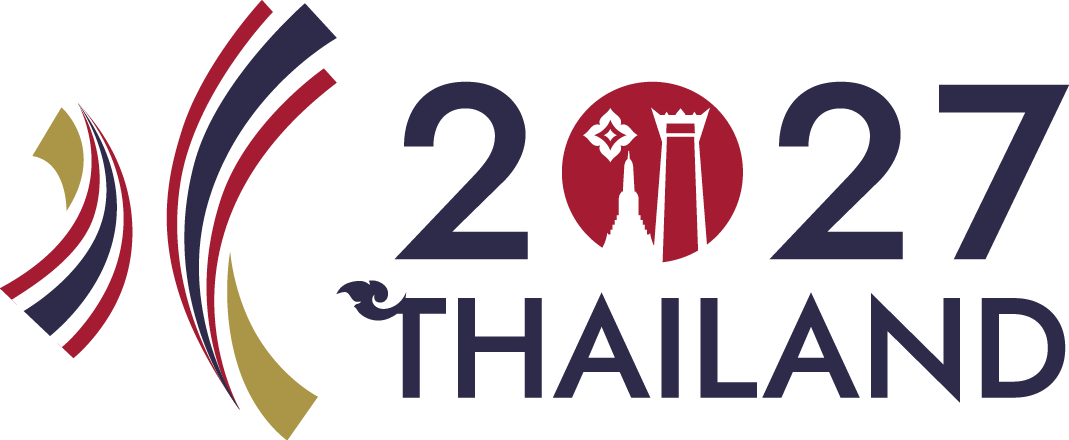In an effort to meet emerging regulatory requirements and to provide support for innovators, the “AOPA Socket Guidance Workgroup (SGW)” was formed in 2020, to provide the prosthetic community with evidence-based clinical best-practices and methods in the field of prosthetic socket structural analysis. The workgroup includes expert representatives of the clinical community, manufacturers of engineered components, commercial providers of prosthetic sockets and/or socket materials, and both academic and government researchers from the United States, United Kingdom and Europe.
As a first activity, we assessed the knowledge gaps regarding the requirements for such structural tests, beginning with transtibial prosthetic sockets. The results of this study are published in a discussion paper entitled, “Mechanical testing of transtibial prosthetic sockets: a discussion paper from the American Orthotic & Prosthetic Association Socket Guidance Workgroup”. We identified knowledge gaps in four domains:
1. the shape and composition of a mock residual limb, required to support and generate in vivo representative loading within the socket,
2. prosthetic socket coordinate systems and alignment,
3. the components and requirements of test specimens, and
4. test conditions, loading parameters, and acceptance criteria.
The discussion paper describes these knowledge gaps in detail, and recommends potential solution approaches based on literature review, group consensus around existing knowledge, or the formation of new study groups. Our intent is for recommendations to spur the community to fill these knowledge gaps.
This presentation will further explain the findings in the discussion paper and the work that SGW has done since to close the gaps.
Statement of the objective / learning objectives
Review of the current state of knowledge regarding socket strength testing and the work that AOPA SGW is doing to close the gaps in knowledge in the interest of providing strength guidelines for socket manufacturers


